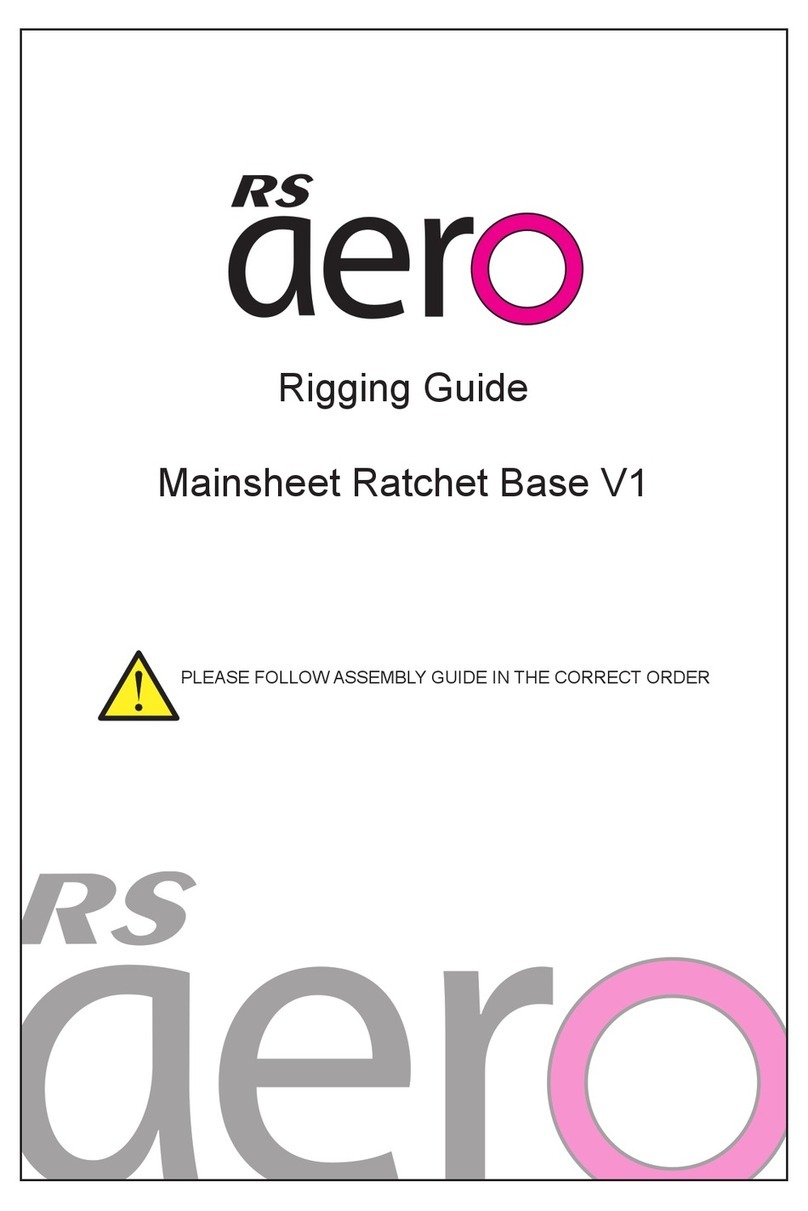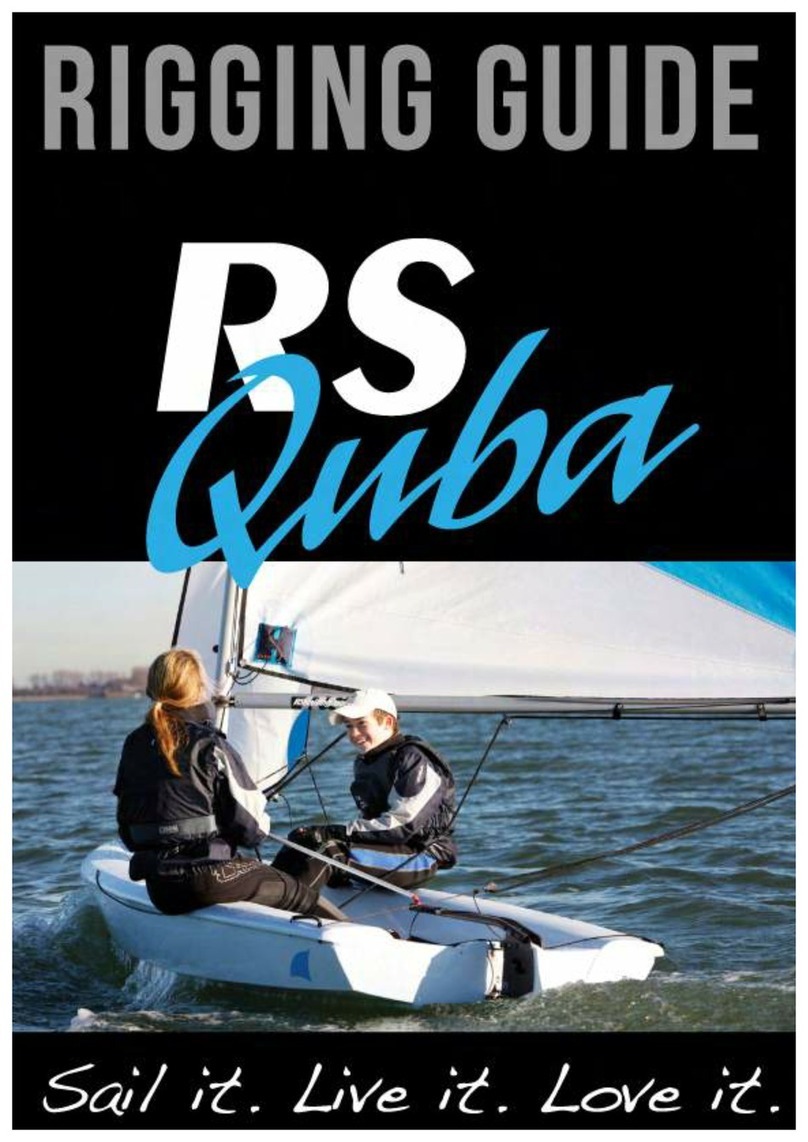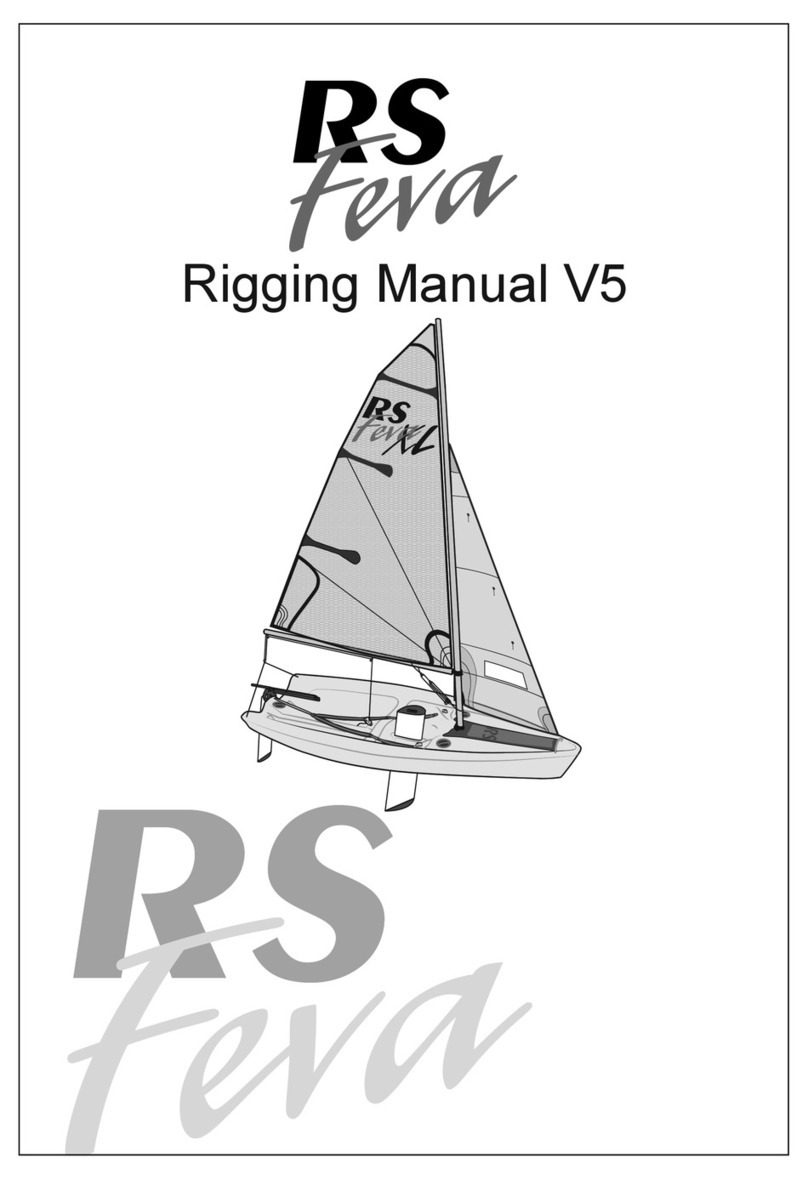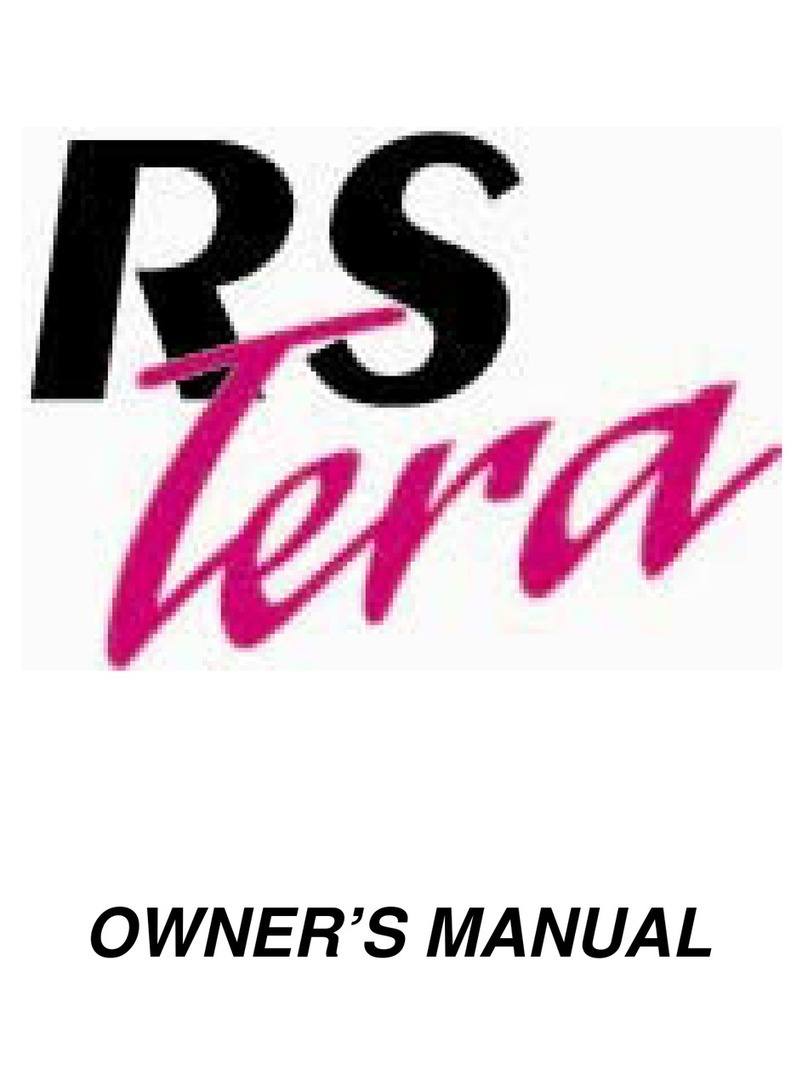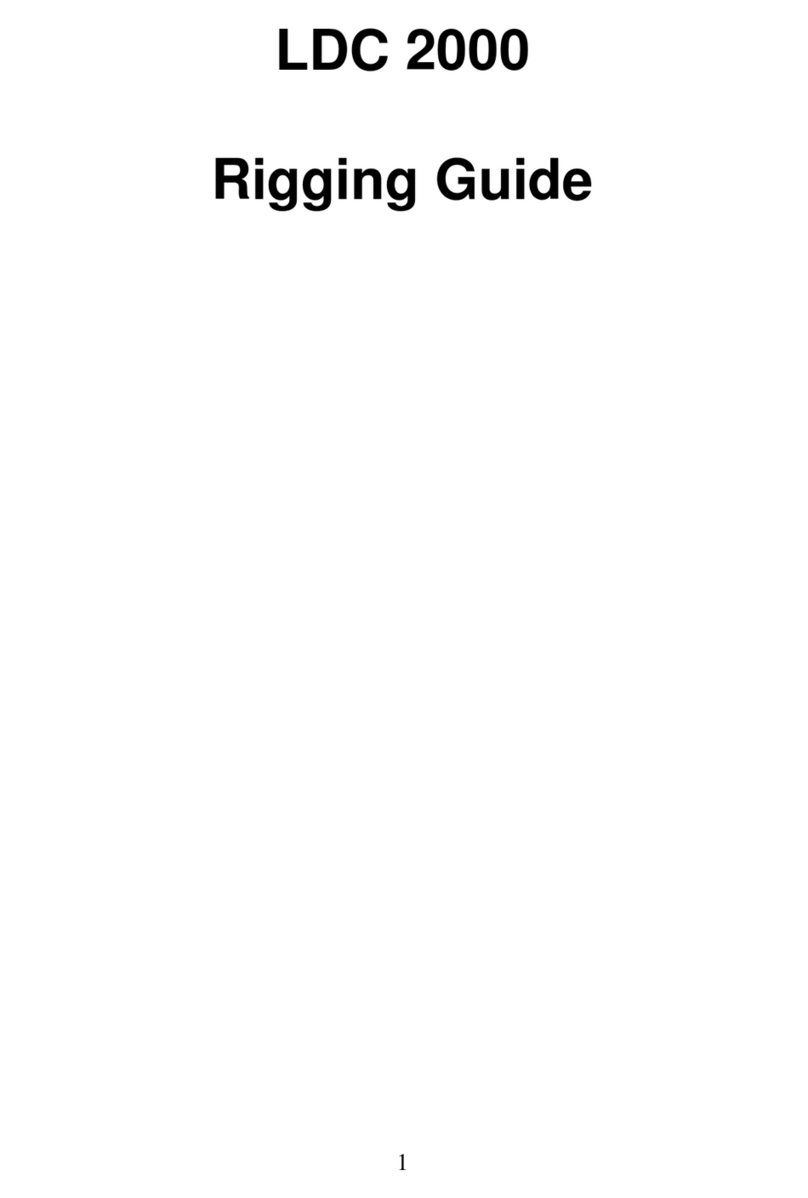
Introduction
Congratulations on the purchase of your new RS Venture Connect, and thank you for
choosing an RS product. We are condent that you will have many hours of great sailing
and racing in this truly excellent design. The RS Venture Connect is an exciting boat to
sail and oers fantastic performance. This manual has been compiled to help you to gain
the maximum enjoyment from your RS Venture Connect, in a safe manner. It contains
details of the craft, the equipment supplied or tted, its systems, and information on its
safe operation and maintenance. Please read this manual carefully and be sure that you
understand its contents before using your RS Venture Connect.
Your safety is our concern but your responsibility. This manual will not instruct you in
boating safety or seamanship. If this is your rst boat, or if you are changing to a type
of craft that you are not familiar with, for your own safety and comfort, please ensure
that you have adequate experience before assuming command of the craft. If you are
unsure, RS, your RS Dealer, or your national sailing federation – for example, the Royal
Yachting Association – will be able to advise you of a local sailing school, or a competent
instructor.
This Rigging Guide covers all variations of the RS Venture Connect, SCS and Power
Assist models and exceeds 150 pages in length. Where possible we try to instruct you to
jump sections if they are not applicable to you. If you are printing a hard copy please be
responsible and note the sections that are relevent and print only those.
The online (www.rssailing.com) location of the Rigging Guide is the most up todate copy.
Due to the nature of the SCS and Power Assist boats regular changes and delelopments
will occour. As required the online copy will be revised to reect these changes.
For further information, spares, and accessories, please contact:
RS Sailing
Premier Way
Abbey Park
Romsey
Hampshire SO51 9DQ
Tel: +44 (0)1794 526760
For details of your local RS Dealer, please visit www.RSsailing.com
1 - Introduction







